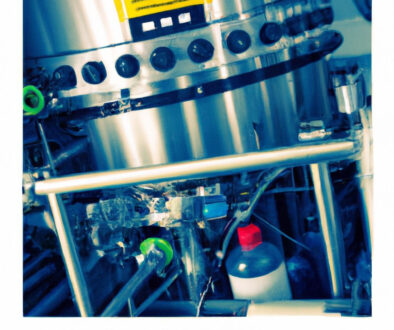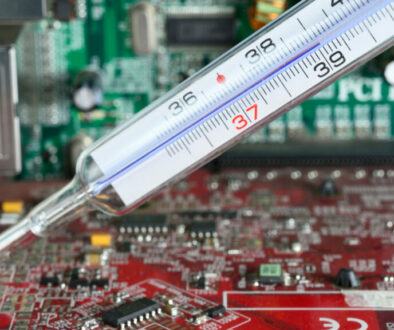Pneumatic vs. Hydraulic Systems: What is the Difference?
In the world of mechanics and engineering, there are many different ways to create motion and do work. Two of the oldest, most popular and basic methods are hydraulics and pneumatics. Both rely on similar principles of physics and motion, but they achieve it in different ways. We will take a look at the two processes and find out what the main differences between them are as well as some of the practical applications. So, let’s dive in—pneumatics vs. hydraulic systems: what is the difference?
Hydraulic Systems
At first blush, there is no connection between a water pistol and a massive crane. But under the surface, there is. When you look at the science behind both of them, they both operate on hydraulic systems. They use the power of moving liquids in a similar way.
The water pistol is the most basic example of hydraulics. When you pull the trigger, a large amount of force moves the water a short distance. Since the water within the gun has nowhere else to go, it is forced through the body into the narrow nozzle and exits the gun with more speed and force. For large scale applications, such as car brakes, garbage trucks, bulldozers, and car jacks, hydraulics plays a similar role. Take large excavators and backhoes, for example. Hydraulic systems work together to move the powerful arms and blades. When the operator moves the control, hydraulic fluid flows through hoses, into the cylinder and pushes the ram, causing the arm to move. The fluid exits the cylinder so the ram can move in the opposite direction and move the arm.
Pneumatic Systems
Pneumatics is a branch of mechanics that deals with the mechanical properties of gases. That’s the short and sweet explanation of it, however. Let’s start with an example—think about blowing up a balloon as a kid and letting it go. You would laugh as it flew across the room making hilarious noises. That’s a basic example of pneumatics. The air trapped and compressed within the balloon became kinetic energy once you released the air. The air powered the balloon’s movement. But for more practical applications of pneumatics, we can look toward auto garages. The tools mechanics use to remove tires and repair engines utilize pneumatics. They use compressed air to move an actuator within the tool, which in turn does work. In some applications, it becomes important to control the flow of the air.
The most important aspect is controlling the flow of the air. For example, in medical equipment that utilizes pneumatics, you want to ensure airflow is consistent when entering and leaving the tool. Pneumatic proportional valves aid with this. They monitor the flow of the air coming in and adjust it to make sure it exits the valve at the desired rate.
The Difference?
The biggest difference between the two systems is what substance you use to operate them. Pneumatics uses gases, and hydraulics uses liquids. Both have many practical applications, and it is up to the design team and engineers making the machines as to which system is will be best.



